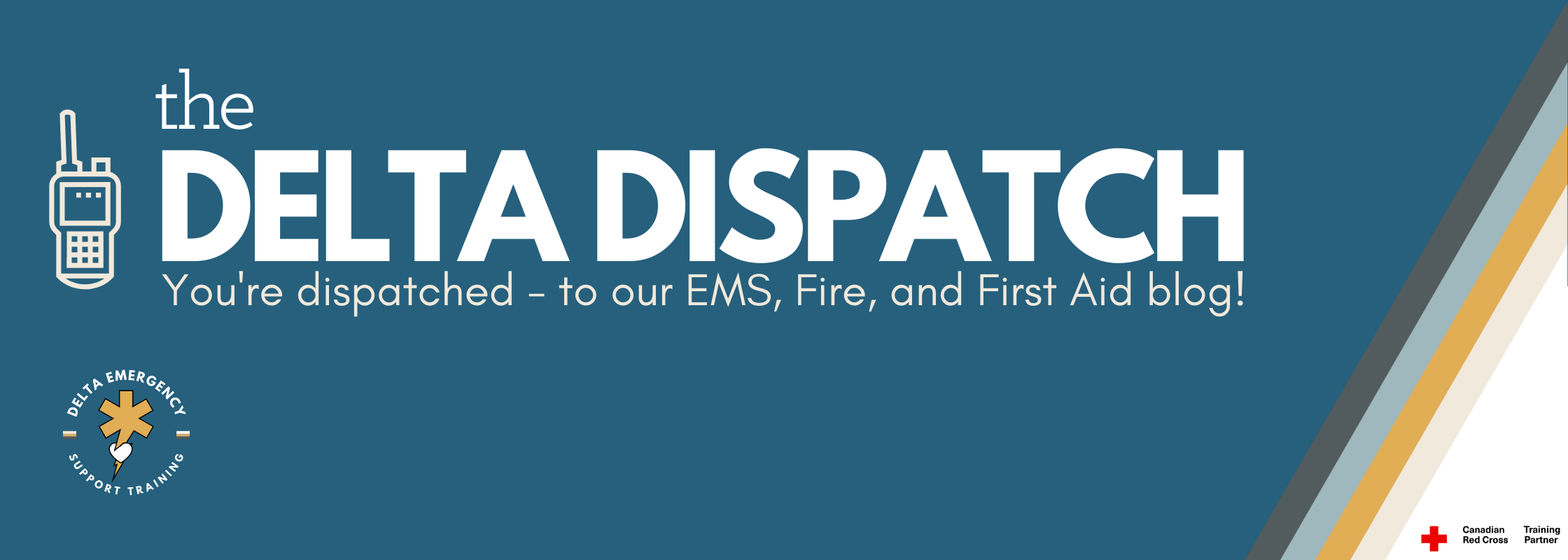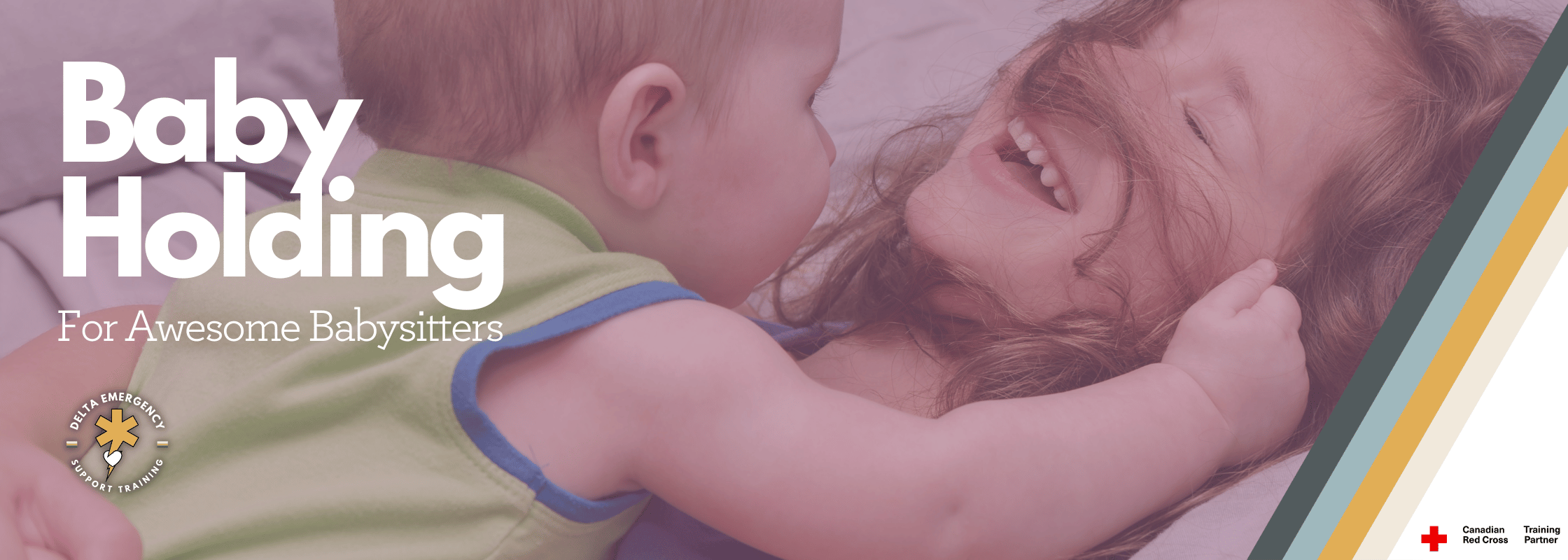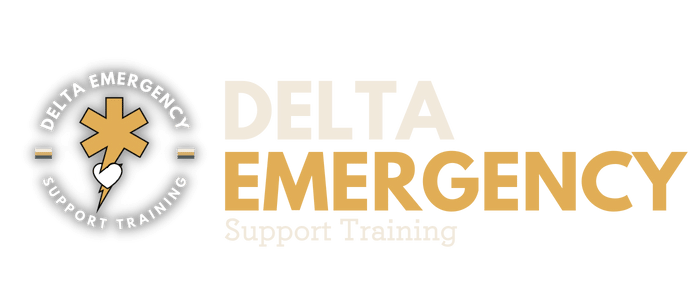Baby Holding 101: Techniques for Babysitters
/Hey there, fantastic babysitters! If you're ready to level up your babysitting game, mastering the art of holding a baby properly is a skill you can't miss out on. While their safety and comfort is our number one priority; it's also nice to forage a strong bond with these adorable little humans. In this blog post, we're diving into three fundamental baby holds: the cradle hold, shoulder hold, and hip carry. We'll explore what each hold is commonly used for, the age range they're suitable for, and give you step-by-step instructions to pick up and hold the child like a pro.
A playful scene unfolds as a babysitter girl lies on her tummy, engaging with a small baby. The baby, dressed in a green shirt, playfully reaches out and grabs onto the babysitter's hair, creating a moment filled with joy and connection.
Cradle Hold:
The cradle hold is not only a comforting and nurturing way to hold a baby but also an ideal position for bottle feeding. It's perfect for newborns and infants up to any age (as long as you can fit them in your arms).
How to pick up the child:
Stand with confidence and keep your feet shoulder-width apart.
Slip one hand under the baby's head and neck, giving support to those little muscles.
Use your other hand to lift their bottom, making sure you have a secure grip.
Bring the baby close to your chest, cradling their head in the crook of your arm.
Remember, support their head and neck throughout the the entire hold.
Shoulder Hold:
Get ready to show off your multitasking skills with the shoulder hold! It lets the baby explore the world while feeling snug and safe. This hold is perfect for infants aged newborns to six months who need to be burped and find relief from trapped air in their tummies.
How to pick up the baby
Begin by positioning one hand under the baby's head, providing gentle support to their delicate neck.
With your other hand, support the baby's bottom to ensure a stable grip.
Lift the baby up, maintaining a secure hold on their head and bottom.
Bring the baby up to your shoulder, allowing them to rest their head softly over your shoulder.
The shoulder hold is not only fantastic for exploration, but it's also an ideal position for burping the baby and helping them release any trapped air.
Babies often experience discomfort due to trapped air in their tummies after feeding. The shoulder hold is an excellent position for burping, as it allows you to gently pat or rub their back while providing support to their head and neck. Remember to prioritize the baby's comfort and safety throughout the hold. Enjoy the special moments of exploration, comfort, and successful burping with the little one in your care!
Hip Carry:
Ready to rock the hip carry? It's a versatile hold that keeps a hand free while keeping the baby close. Ideal for children who are six months and older who have good head control. This carry is great for curious children who want to explore with us.
How to pick up the child:
Choose your favorite side and face the baby towards you.
Pick them up from under their armpits and place them one your hip.
The child will wrap there legs around you hanging off to the side while straddling your body.
Keep a firm grip on the baby while supporting their back with one hand like a pro.
General Tips for All Holds:
Remember, safety comes first! Support their head and neck throughout the process to avoid any strain or discomfort.
Stay calm and gentle, creating a soothing environment for the little one.
Mind your own posture and body mechanics to prevent any discomfort or tiredness.
Neck Support
Supporting a small baby’s neck is crucial for their safety and overall well-being. Let's talk about why it's a big deal:
Delicate Neck Muscles:
Newborns and young infants have neck muscles that are still getting stronger. Their little, but heavy heads need some extra support to stay steady. By lending a hand (or two), you help keep their heads from wobbling around and make those muscles feel cozy and comfy.
Protecting the Spinal Cord:
The neck is where the upper part of the spinal cord hangs out. It's like the body's information highway! Since our little buddies are still growing, it's crucial to handle their necks with care to protect their developing spinal cords. Think of it as providing a shield to keep their precious cords safe.
Preventing Injuries:
Insufficient neck support could lead to not-so-fun situations, like whiplash. It's an uncomfortable neck injury nobody wants, especially our little pals. Their neck muscles are still building strength, so let's be their friendly support system to avoid any sudden twists and turns.
Comfort and Security:
When we provide proper neck support, we create a cozy and secure space for our little ones. It's like giving them a warm embrace, letting them know they're in good hands. Feeling safe and snug means they'll be all smiles and giggles, and we'll have a fantastic time together!
Babysitter Training
Remember, my incredible caregivers, taking care of these little ones is a mix of gentleness and support. Lets take everything we have learned so far and have some fun, and make every moment with these little adventurers a memorable one!
Embark on a remarkable journey of learning by enrolling in the Delta Emergency Support Training Babysitter Course! Join our expert instructors through an engaging online program that equips you with essential skills, including how to properly hold and care for babies. Discover the art of nurturing and create a safe environment for the little ones in your care. Enroll today and unlock the knowledge and confidence you need to become a skilled and trusted babysitter!
If you're interested in learning more about our babysitter childcare course and how it can help you provide excellent care for children, please don't hesitate to reach out to us at info@deltaemergency.com




